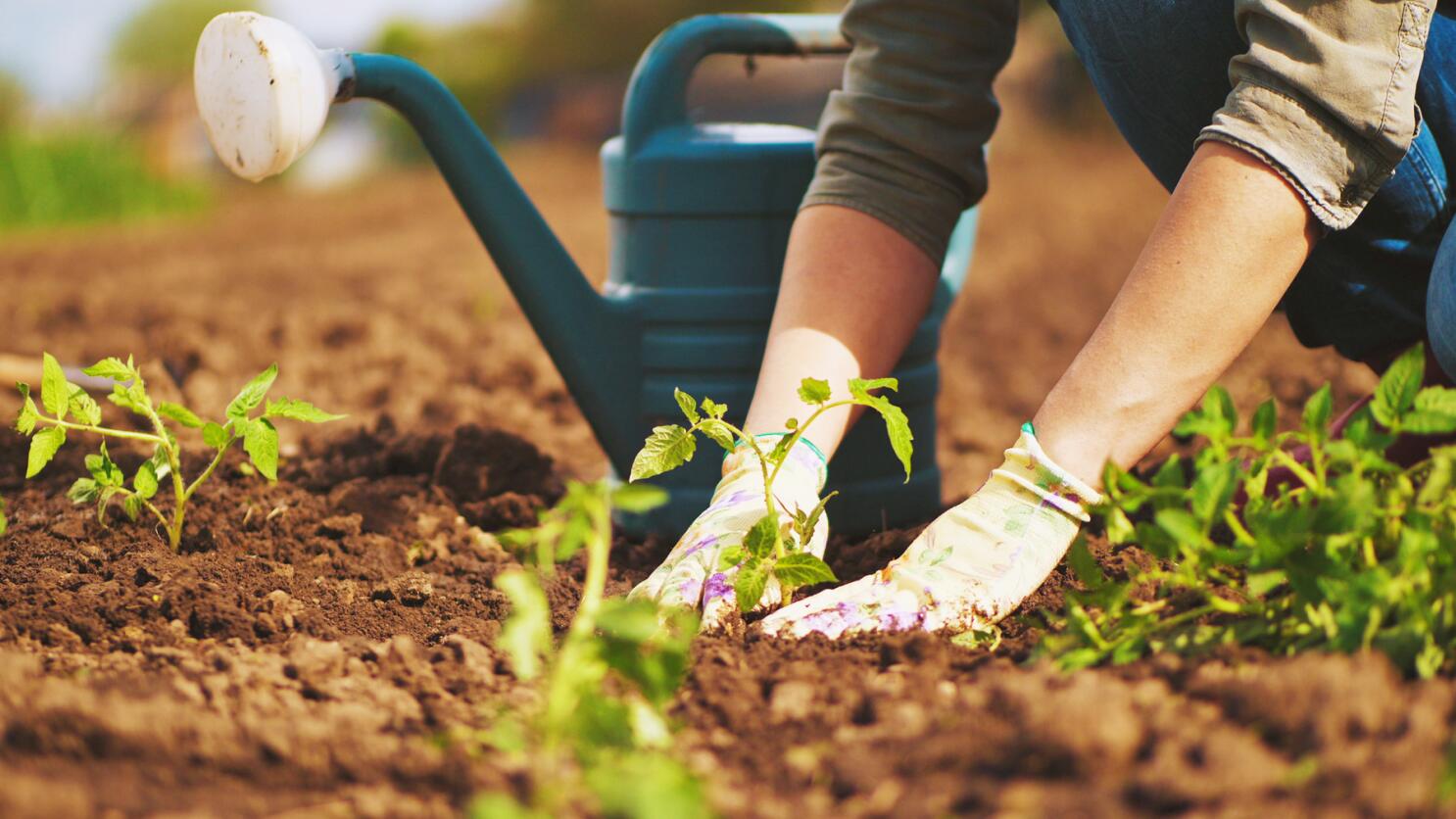From Amateur to Environment-friendly Thumb: A Step-by-Step Trip Through the Art of Gardening

Recognizing Your Horticulture Room
To begin your horticulture trip, it is important to recognize the unique attributes and limitations of your horticulture space. Take a moment to observe your surroundings. Is your room little or large? Is it exposed to complete sun or does it get partial color? Are there any type of certain obstacles you may deal with, such as poor dirt high quality or limited water accessibility? Understanding these factors will aid you make notified decisions regarding the sorts of plants that will prosper in your space.
Think about the dimension of your gardening area. You may need to focus on container gardening or upright gardening to optimize your growing location if you have a small space. On the other hand, if you have a huge space, you have the high-end of planting a selection of plants and creating various areas within your yard.
If your space is shaded, you can opt for shade-loving plants like hostas or brushes (newbie gardening). If your space receives full sun, you can expand a wide array of plants, including vegetables, blossoms, and herbs.
Last but not least, consider any kind of difficulties or restrictions particular to your area. If your soil quality is inadequate, you might need to amend it with garden compost or pick plants that are tolerant of less-than-ideal conditions. You can opt for drought-tolerant plants or apply water-saving techniques like mulching. if water is limited.
Selecting the Right Plant Kingdoms for Your Yard
Select plants that are well-suited to your garden's one-of-a-kind problems and your individual choices. When choosing plants for your garden, it is essential to take into consideration variables such as sunshine, soil kind, and climate. Take a look at the quantity of sunlight your yard receives throughout the day. Some plants prosper in full sun, while others like partial or also full shade. Take into consideration the dirt key in your yard too. Some plants prefer well-drained dirt, while others grow in damp or clay-like dirt. Furthermore, think about the climate in your location. Some plants are better suited for warm and completely dry climates, while others can stand up to colder temperature levels.
It's likewise worth considering the maintenance degree of the plants you select. Some plants call for more treatment and focus, while others are much more low-maintenance.
Preparing the Dirt for Growing
First, examine the condition of your soil to figure out if any enhancements or amendments are needed. The high quality of your soil is crucial for the success of your garden. Beginning by inspecting the texture of the soil. Is it sandy, fertile, or clayey? Sandy soil drains pipes quickly, while clayey dirt retains water. Fertile soil is the excellent balance in between the two. Next off, inspect the pH degree of your dirt. The majority of plants favor a somewhat acidic to neutral pH, around 6.0 to 7.0. If your dirt is also acidic or alkaline, you might require to change it making use of dirt changes such as lime or sulfur. Additionally, you need to think about the nutrition content of your dirt. If any crucial nutrients are lacking, Conduct a dirt test to identify. This will certainly assist you decide which plant foods or raw material to include. Finally, ensure that your dirt is well-draining. Poorly drained dirt can result in water logged origins and various other plant health and wellness concerns. If needed, enhance drainage by including raw material like garden compost or peat moss. By examining and making necessary changes to your dirt, you can create an ideal setting for your plants to thrive.
Nurturing and Maintaining Your Garden
Make certain to water your plants deeply, permitting the water to permeate the soil and get to the roots. Normal weeding is likewise essential to keep your garden free from undesirable plants that contend for nutrients and area. Consistently check your plants for any type of signs of infestation or ailment and take instant activity to avoid more damage.
Troubleshooting Common Gardening Issues
To resolve typical horticulture issues, begin by determining the problem and taking prompt activity. One of one of the most usual issues garden enthusiasts encounter is insects. If you see chewed leaves or plants that are shriveling for no apparent reason, you might have a parasite infestation. Evaluate your plants very closely for signs of insects or various other bugs. If you spot any, remove them by hand or make use of natural pest control techniques. An additional usual problem is nutrient deficiency. If your plants have actually yellow or discolored leaves, they may not be obtaining adequate nutrients. Take into consideration fertilizing your dirt or including garden compost to boost its vitamins and mineral material. Overwatering is another concern that can harm your plants. You may be overwatering if you observe waterlogged dirt or wilting regardless of adequate watering. Readjust your watering schedule as necessary and make sure appropriate drain. Disease can likewise impact your garden. If you see spots, mold, or uncommon development on your plants, maybe a sign of condition. Get rid of impacted plants and deal with the remaining ones with useful content organic fungicides or pesticides. By promptly attending to these usual issues, you can guarantee the wellness and success of your yard.
Final Thought
By recognizing your gardening area, choosing the right plants, preparing the soil, and supporting your yard, you have actually overcome usual gardening issues like a pro. Now, equipped with understanding and experience, you are ready to enjoy the elegance and wealth of your prospering yard.

When picking plants for your garden, it is important to take into consideration aspects such as sunshine, dirt kind, and climate. Some plants like well-drained dirt, while others grow in wet or clay-like soil (newbie gardening). By recognizing your horticulture space, choosing the right plants, preparing the dirt, and nurturing your yard, you have overcome usual horticulture concerns like a pro